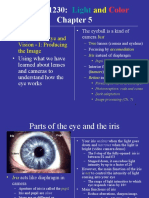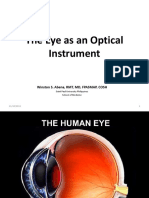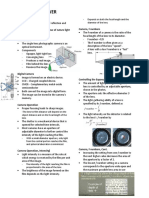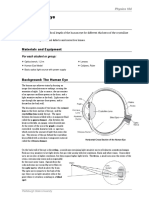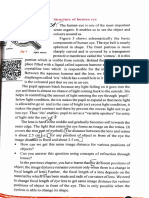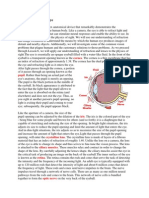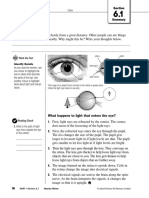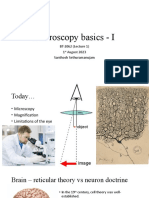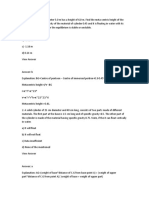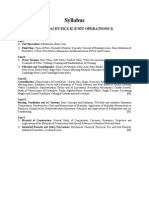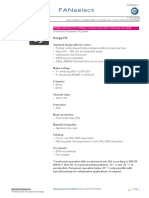11/16/2020 Physics Tutorial: Refraction and the Ray Model of Light
Refraction and the Ray Model of Light - Lesson 6 - The Eye
Image Formation and Detection
The Anatomy of the Eye
Image Formation and Detection
The Wonder of Accommodation
Farsightedness and its Correction
Nearsightedness and its Correction
Earlier in Lesson 6, we learned that the eye consists of a cornea (thin outer membrane), a lens
attached to ciliary muscles, and a retina (inner surface equipped with
nerve cells). These four parts of the eye are the most instrumental in
the task of producing images that are discernible by the brain. In order
to facilitate the ability to see, each part must enable the eye to refract
light so that is produces a focused image on the retina.
It is a surprise to most people to find out that the lens of the eye is not
where all the refraction of incoming light rays takes place. Most of the
refraction occurs at the cornea. The cornea is the outer membrane of the eyeball that has an index
of refraction of 1.38. The index of refraction of the cornea is significantly greater than the index of
refraction of the surrounding air. This difference in optical density between the air the corneal
material combined with the fact that the cornea has the shape of a converging lens is what
explains the ability of the cornea to do most of the refracting of incoming light rays. The crystalline
lens is able to alter its shape due to the action of the ciliary muscles. This serves to induce small
alterations in the amount of corneal bulge as well as to fine-tune some of the additional refraction
that occurs as light passes through the lens material.
The bulging shape of the cornea causes it to refract light in a manner to similar to a double convex
lens. The focal length of the cornea-lens system varies with the amount of contraction (or
relaxation) of the ciliary muscles and the resulting shape of the lens. In general, the focal length is
approximately 1.8 cm, give or take a millimeter. As learned in our discussion of convex lenses in
Lesson 5, the image location, size, orientation, and type is dependent upon the location of the
object relative to the focal point and the 2F point of a lens system. Since the object is typically
located at a point in space more than 2-focal lengths from the "lens," the image will be located
somewhere between the focal point of the "lens" and the 2F point. The image will be inverted,
reduced in size, and real. Quite conveniently, the cornea-lens system produces an image of an
object on the retinal surface. The process by which this occurs is known as accommodation and
will be discussed in more detail in the next part of Lesson 6. Fortunately, the image is a real image
- formed by the actual convergence of light rays at a point in space. Vision is dependent upon the
stimulation of nerve impulses by an incoming light rays. Only real images would be capable of
producing such a stimulation. Finally, the reduction in the size of the image allows the entire image
to "fit" on the retina. The fact that the image is inverted poses no problem. Our brain has become
quite accustomed to this and properly interprets the signal as originating from a right-side-up
object.
https://www.physicsclassroom.com/class/refrn/Lesson-6/Image-Formation-and-Detection 1/2
�11/16/2020 Physics Tutorial: Refraction and the Ray Model of Light
https://www.physicsclassroom.com/class/refrn/Lesson-6/Image-Formation-and-Detection 2/2

